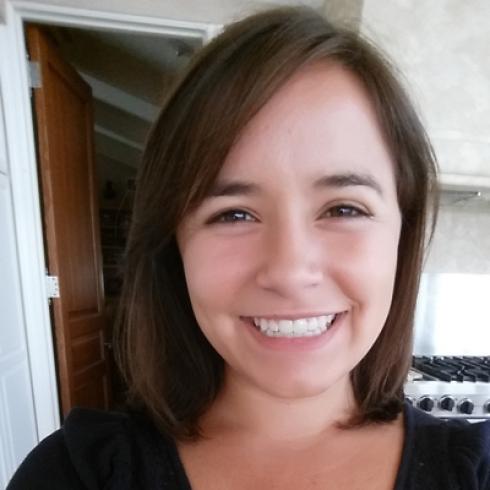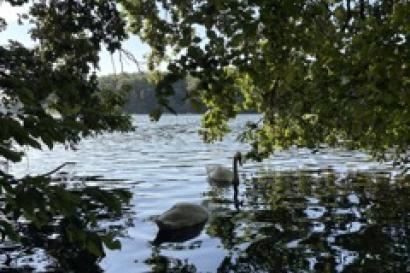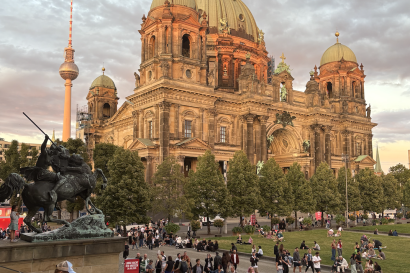Here’s a few things I’ve learned about living in Chile that I thought I’d share:
Transantiago has a website! www.transantiago.cl will tell you what bus(es) to take, how long until the next one reaches your stop, and how long you can expect your trip to be. Although the metro is straightforward, it only reaches so many places. Hence, if living in the city, you'll probably need to take a bus at some point. Even Santiaguinos find the bus system confusing, so it’s a good idea to look up the route ahead of time. If for whatever reason you’re in doubt, you can always check with the driver.
If you're going to ask for directions, ask at least three different people. Chileans, in general, want to be helpful, so if you ask a question they'll give you an answer. However, if they don't know the answer there is a good chance they'll make one up. Don't be surprised if from three different people you get three different answers.
There exists a town in Chile called Peor es Nada which translates to “Nothing is Worse.” I haven’t actually visited the place, but I have seen the signs along the highway. A quick Google search tells me that the name stemmed from a story infamous among the Peoresnadinos. Apparently, a wealthy landowner divided up his property which he left to his sons and one daughter. When the daughter learned that she was to be given the smallest piece of land, she declared “peor es nada.” (I also learned from this Google search that there is another place in Chile called Entrepiernas meaning “between legs.”)
Sundays are respected as rest days. Many businesses close or have shorter hours and fewer buses and metro trains run. My host family invites all the relatives over for lunch on Sundays that last all afternoon.
The pollution in Santiago is killer. So much so, in fact, that when the contamination reaches a certain level, alerts advise against exercising outside. Santiago has an infamous reputation with the country for its smog; everyone complains about it. I will admit, though, that the same contaminated air that makes for gray horizons also makes for some pretty amazing sunsets.
Chileans tend to have much smaller personal bubbles than US Americans. In fact, you could say that they don’t recognize personal space at all. After all, they greet everyone and anyone with a hug and a kiss on the cheek. I don’t mind this, but I’ve noticed this sometimes makes other foreign students uncomfortable (at least at first).
You won’t find milk in the refrigeration aisle of the grocery store. Here, milk comes in a box and doesn’t require refrigeration until opened. Really makes me think about the amount of processing the stuff goes through….
We’re a few decades behind here. I say this in respect to trends of music, style, and sometimes technology. My friend and I laugh about this all the time, but we’ve both admitted that we kind of like it. Girls wear those scrunchy hair bands and platform shoes. Some hippy traits are surprisingly trendy. My first time going out with friends, I distinctly remember listening to the song “Footloose” at the restaurant.
All the pictures in this post are from an IES Abroad trip to the General Cemetery in Santiago. The cemetery is an open museum and memorial. Our trip there coincidentally occurred only a few days after the three-day funeral of Former-President Aylwin who took over office after the Plebiscite of 1988 that marked the end of the dictatorship. One professor compared the importance of his death in Chile of that of President Kennedy in the United States.

Katherine Ram
<p>I study Physics and Spanish at the University of the Pacific. When not studying, all I want to do is dance or get outdoors. I've moved to Santiago to get the best of everything: city, mountains, beach, desert, and more!</p>









